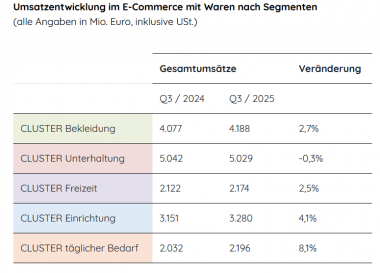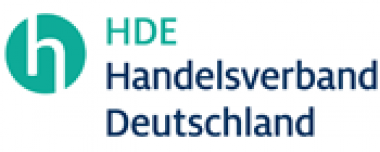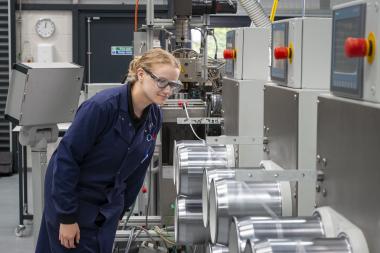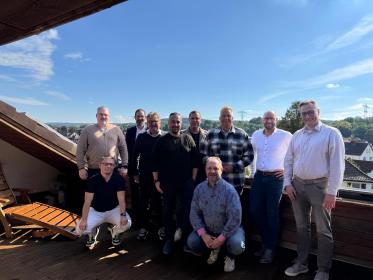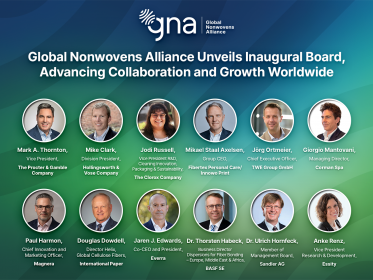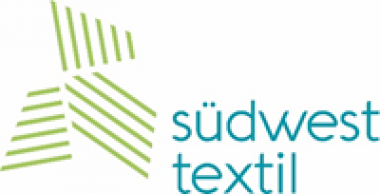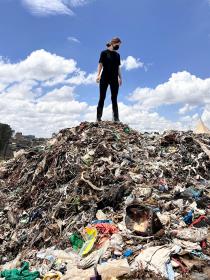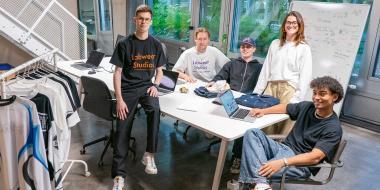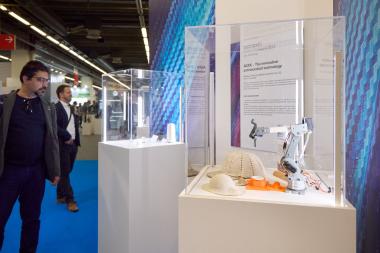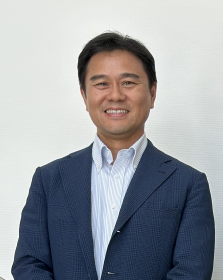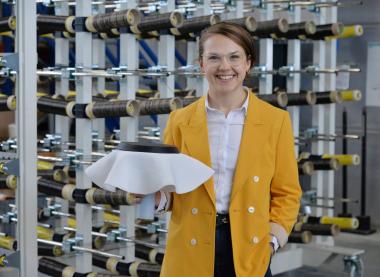Onlinehandel: Moderates Wachstum im dritten Quartal 2025, Anbieter aus Asien deutlich stärker
Trotz der weiterhin schwachen Konsumstimmung haben Verbraucher zwischen Juli und September 2,8 Prozent mehr für Waren im E-Commerce ausgegeben als im Vorjahreszeitraum. Insgesamt erreichten die Bestellungen im dritten Quartal einen Wert von 17.960 Mio. EUR (drittes Quartal 2024: 17.475 Mio. Euro). „Zwar ist das Wachstum gegenüber dem zweiten Quartal um einen Prozentpunkt zurückgegangen. Doch angesichts einer sinkenden Anschaffungsneigung ist dies ein robustes Ergebnis,“ so Martin Groß-Albenhausen, Stellvertretender Hauptgeschäftsführer des Bundesverband E-Commerce und Versandhandel Deutschland e.V. (bevh).
Onlinekäufe für täglichen Bedarf nehmen unvermindert stark zu
Güter des täglichen Bedarfs konnten mit einem Plus von 8,1 Prozent auf 2.196 Mio. Euro den größten Zuwachs verzeichnen. Drogerie- und Parfümeriesortimente legten dabei mit 11,1 Prozent am stärksten zu. Stetig wächst auch der Kauf von Medikamenten über das Internet. Im dritten Quartal erhöhte sich der Umsatz in dieser Warengruppe um 8,6 Prozent auf 474 Mio. Euro. “E-Commerce wächst gerade in den Kategorien, bei denen noch eine hohe Dichte an stationären Verkaufspunkten besteht. Das zeigt, dass die Verbraucher den Onlinehandel als gleichwertigen Versorger bei allen Produkten betrachten, die sie regelmäßig für den Lebensunterhalt benötigen,” so Groß-Albenhausen. “Verbote für bestimmte Kategorien, wie zuletzt erneut für verschreibungspflichtige Arzneimittel ins Gespräch gebracht, gehen völlig an dieser Realität vorbei.”
Am schwächsten entwickelte sich hingegen der Umsatz mit Computern, Software, Spielen und PC-Zubehör: Hier gaben die Umsätze um 7,7 Prozent nach. Das Warengruppen-Cluster „Unterhaltung“, das neben solchen Artikeln auch Bücher, Medien, Unterhaltungselektronik und Telekommunikationsgeräte umfasst, gab mit -0,3 Prozent auf 5.023 Mio. Euro gegenüber dem dritten Quartal 2024 wieder leicht nach.
Anbieter aus Asien erreichen fast 5 Prozent Umsatzanteil
Eine Analyse der Herkunft der Anbieter zeigt, dass Unternehmen aus dem asiatischen Markt ihre Umsätze um sieben Prozent und damit mehr als doppelt so stark wie der Gesamtmarkt steigern konnten. Aufgelaufen über neun Monate haben sie ihr Volumen um etwa ein Viertel steigern können. Im dritten Quartal erreichten sie mit einem Anteil von 4,9 Prozent am gesamten E-Commerce-Volumen einen neuen Höchststand. „Dies ist ein Indikator für die anhaltende Sparneigung der Verbraucher, die wir auch in der deutlichen Zunahme der Bestellungen von gebrauchten Waren im Internet erkennen,“ führt Groß-Albenhausen weiter aus. Sogenannte Re-Commerce-Angebote haben im dritten Quartal gegenüber dem Vorjahreszeitraum um 27,6 Prozent zugelegt, seit Jahresbeginn um 28,9 Prozent.
Das starke Wachstum der asiatischen Plattformen macht sich auch in der Erfolgsbilanz der verschiedenen Geschäftsmodelle im E-Commerce bemerkbar. Auf Online-Marktplätzen kauften die Deutschen für insgesamt 9.785 Mio. Euro ein. Das ist ein Wachstum von 4,8 Prozent gegenüber dem dritten Quartal 2024 und bedeutet einen Marktanteil dieses Versendertyps von 54,4 Prozent. Demgegenüber mussten unabhängige Onlinehändler (Pureplayer) leichte Umsatzrückgänge hinnehmen.
Deutlich mehr haben die Deutschen in den Sommermonaten für digital vermarktete Dienstleistungen ausgegeben. Der Onlineverkauf von Tickets, Reisen und anderen Erlebnissen erhöhte sich um 8,1 Prozent auf 3.621 Mio. Euro.
Onlinehandel
Bundesverband E-Commerce und Versandhandel Deutschland e.V. (bevh)


